Hoy, en la conmemoración del 8 de marzo, el día de la mujer trabajadora, cuento mi historia porque mi historia cuenta.
He transitado los siglos creando prodigios, tomando las calles, las plazas, los grandes escenarios, los estudios de televisión. He publicado libros, coleccionado títeres, creado asociaciones, festivales y teatros.
Fui Parvati en la mitología hindú y creé el títere mas hermoso que representaba a una mujer, a quien tuve que esconder en la montaña para ponerla a salvo de mi marido.
En Egipto me llamaba Jelmis, y fui la preciosa bailarina de Osiris. Y el famoso barquito de Antinoe, con figuras articuladas y que reposa junto a mi momia, tomaba vida en mis manos hace más de 4000 años.
Fui la legión de mujeres descritas por Herodoto, que desfilábamos por las calles manipulando títeres con hilos, para las fiestas en honor a Osiris en el antiguo Egipto.
Y fui también Herrada de Landsberg, abadesa alemana del siglo XII. El dibujo europeo más antiguo de una representación de títeres fue obra mía.
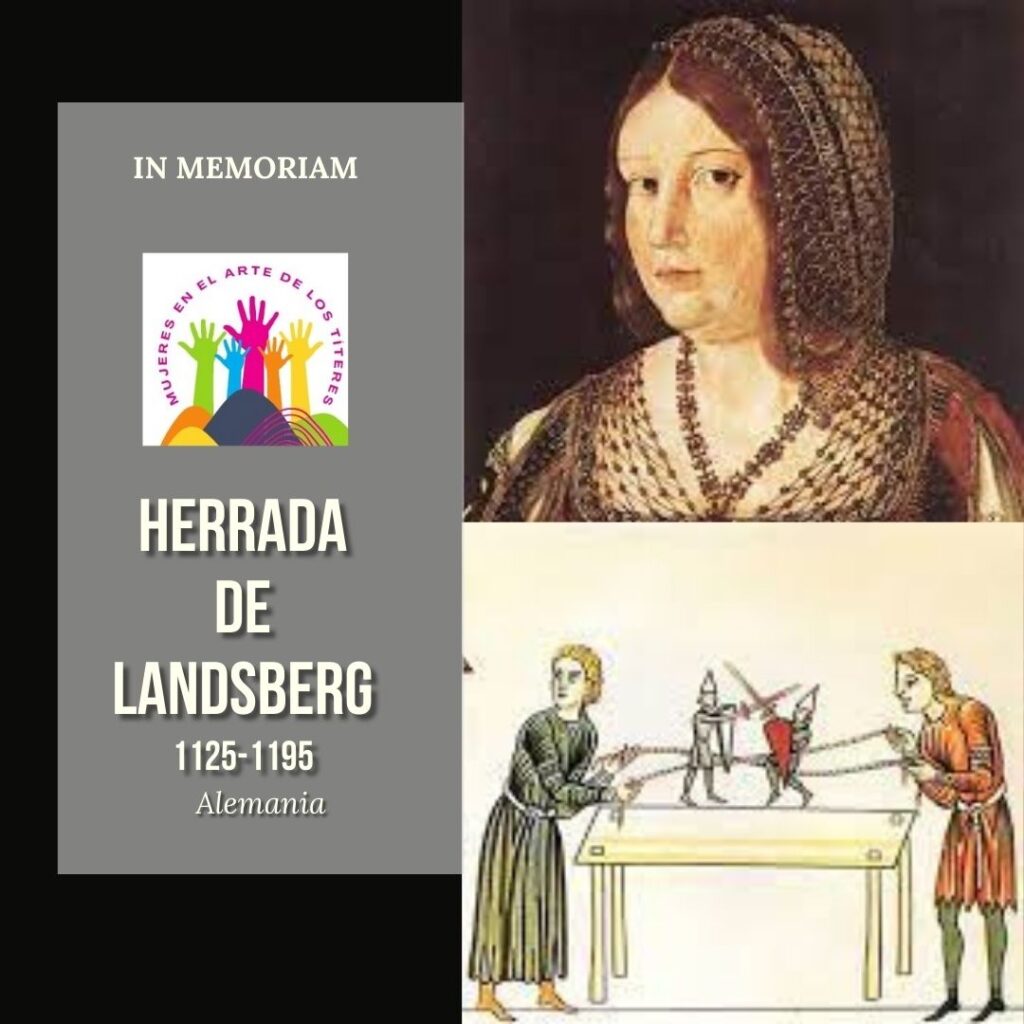
Estoy escondida en los numerosos grabados y dibujos de funciones callejeras de títeres en Europa donde la historia escrita por los hombres borra nuestra presencia.

Fui también la que hacía bailar, saltar o representar a los dioses en los patios de los reyes en la América antigua.
En los permisos de representación de la Máquina real del siglo XVI y XVII, fui Beatriz Pereira, Engracia Martínez, titiriteras y fui Serafina Manuela y Beatriz de Gondomar, dueñas, empresarias y artistas de España y Perú.
Fui Charlotte Clarke en la Inglaterra del siglo XVII y con mi compañía de títeres recorrí el país ridiculizando a los políticos y actores de la época
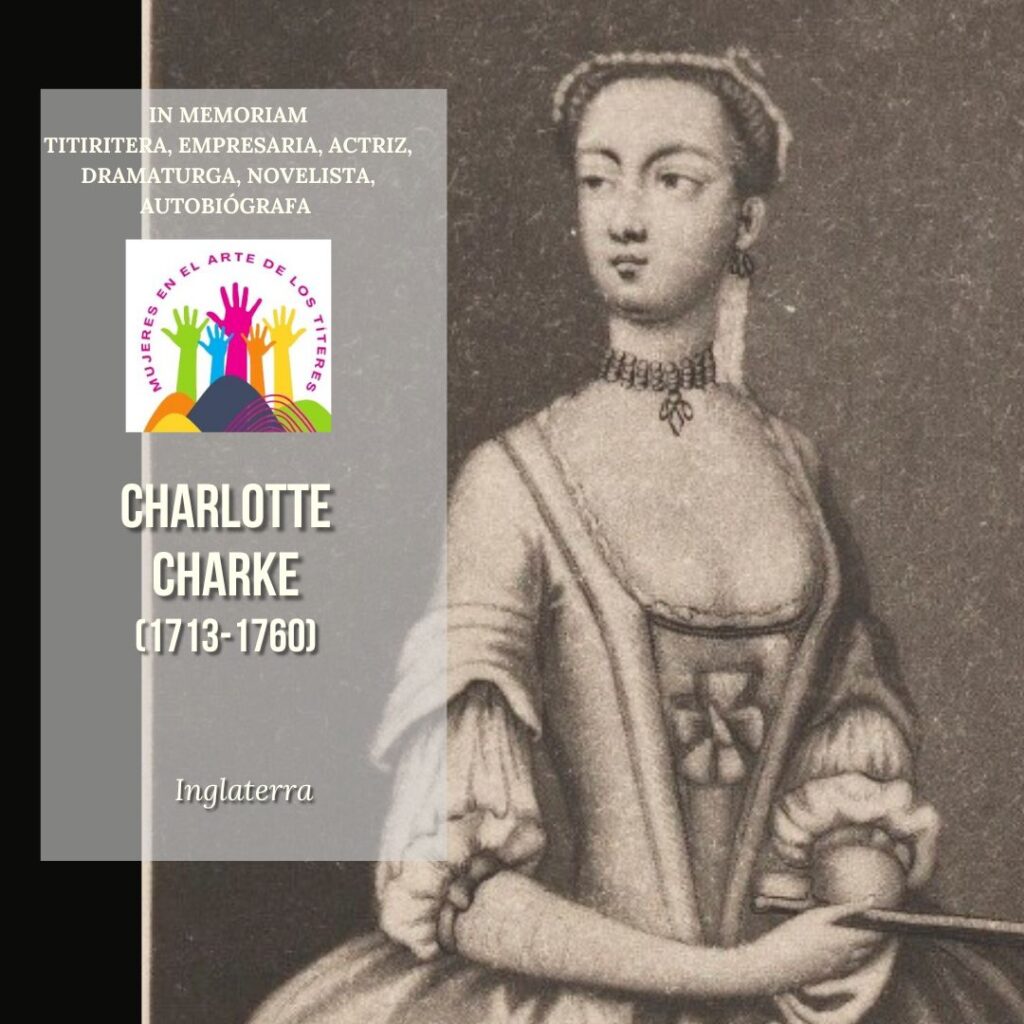
En el México colonial fui María Juana de la Peña Lozano, Dominga Caballero, Ana de la Zanca, María y Pepa (ambas sin apellidos), Teresa Acosta, María Petra Aguilar, Gertrudis Banda), y Josefa Vargas y di vida a los títeres en plazas y corrales de comedias.
Fui también Francisca Tomasa Montoya y Cadena, Micaela Campohuman, dueña de mi propia compañía.
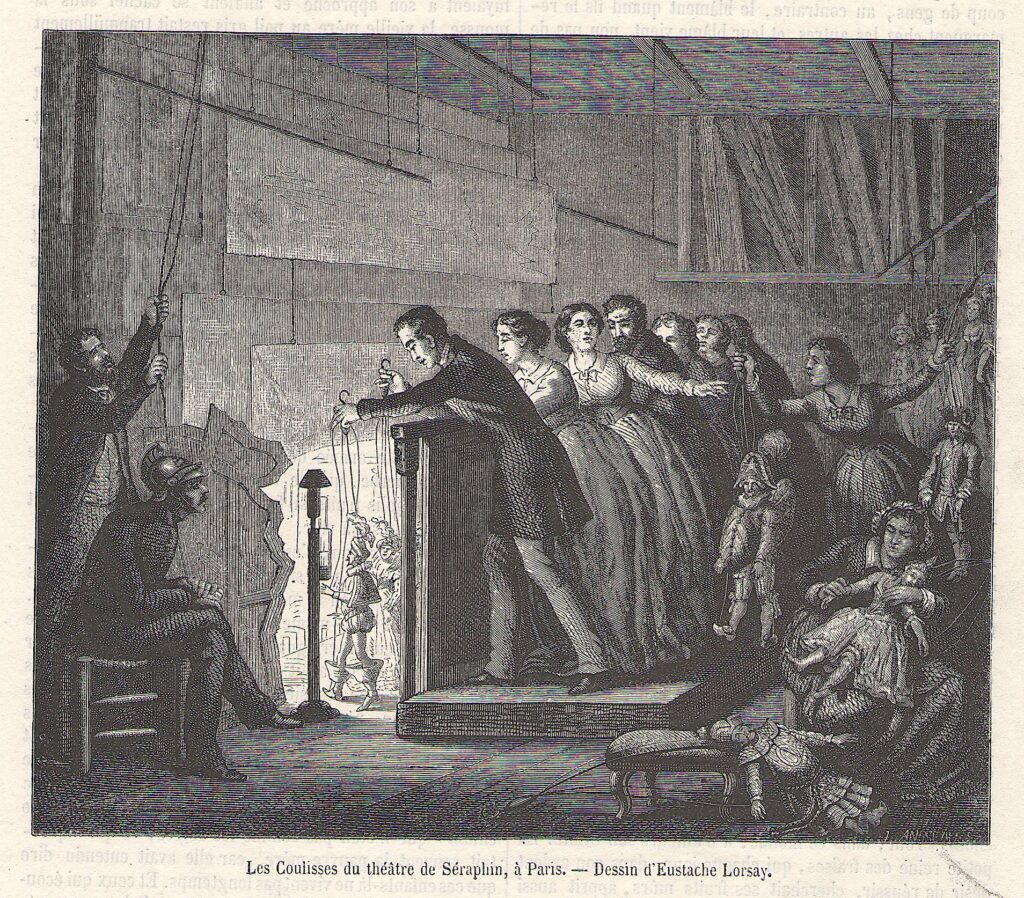
Y fui Felipa Estrada, aprendí de mi madre (sin nombre en los papeles oficiales como aún sucede en el oficio y el arte de los títeres), y trabajamos juntas por mas de 40 años.
Fui María de la Luz Aranda, restauradora de arte sacro y creadora del las primeras marionetas que mas delante dieron lugar a la compañía Rosete Aranda, que fundé y dirigí.
Y fui Buenaventura Aranda, María de la Luz Reséndez Vélez, María Macedonia Rosete Aranda, Elvira Rosete Reséndiz, Rosalina Rosete Reséndez, Sofía Rosete Reséndez, Carlota del Razo, Francisca Baltazárez, Francisca Macedo, Gudelia Salgado, Juana Ríos. Todas formamos parte como movilistas, vestuaristas y otros menesteres de esta famosa compañía mexicana que solo recuerda a los hombres de la misma.
Fui Leonora Schpet, y creé el departamento de Teatro Infantil dentro del sindicato de trabajadores del Teatro Ruso, fui asesora literaria de Obratzov y creé la Unima Soviética y de fui Secretaria General de la misma en 1958. De Rusia también fui Alexandra Exter y Ljubov Popova, artistas plásticas, diseñadoras de títeres y escenografía.
Fui Cora Baird en Estados Unidos y en 1965 fundé el primer teatro de repertorio Actors Equity para títeres. Y le puse el nombre de mi marido.
Fui Shari Lewis, Mabel Beaton, Erika Melchior, DoLores Hadley, Jane Nebel, mejor conocida por el apellido de mi marido: Henson, entre tantas otras norteamericanas.
Fui Lola y Mireya Cueto, Angelina Beloff, Dolores Alva de la Canal, Graciela Amador, Lucrecia González Valiente, en México, Mané Bernardo, Sara Bianchi, Alicia Figueira en Argentina, Amelia LaPeña-Bonifacio en Filipinas, María Signorelli y Guiseppina Cazzaniga en Italia, María Luisa Artecona de Paraguay, Carucha Camejo de Cuba, Victoria Morales de Perú. Margareta Nicolescu de Rumania, Penny Francis de Inglaterra, Sophie Taeuber-Arp de Suiza, María Emilia Perestelo, Helena Vaz y Lidia da Fonseca de Portugal, Ángeles Gasset, Herta Frankel, Mariana Masgrau de España.
Soy las mas de 800 mujeres que participan en el censo Mujeres en el arte de los títeres, las de la Red de Bonequeiras en Brasil, la del directorio de Marionetizas de Colombia, las consignadas en la revista Putxinelli.
Soy todas las mujeres que abrimos camino, cuyos nombres aún no encuentro, y soy todas las mujeres que hemos dejado huella, aunque las hayan borrado.
Así que, retomando una consigna feminista
No somos una
No somos cien
Historiadores
Cuéntennos bien
Translation made with Google
I AM A WOMAN IN THE ART OF PUPPETS
Today, in commemoration of March 8, working women’s day, I tell my story because my story matters.
I have gone through the centuries creating wonders, taking to the streets, the squares, the big stages, the television studios. I have published books, collected puppets, created associations, festivals and theaters.
I was Parvati in Hindu mythology and I created the most beautiful puppet that represented a woman, whom I had to hide in the mountains to keep her safe from my husband.
In Egypt I was called Jelmis, and I was the beautiful dancer of Osiris. And the famous little boat of Antinoe, with articulated figures that rests next to my mummy, came to life in my hands more than 4,000 years ago.
I was the legion of women described by Herodotus, who paraded through the streets manipulating puppets on strings, for the festivals in honor of Osiris in ancient Egypt.
And I was also Herrada of Landsberg, a German abbess of the 12th century. The oldest European drawing of a puppet performance was my work.
I am hidden in the numerous engravings and drawings of street puppet performances in Europe where history written by men erases our presence.
I was also the one who made the gods dance, jump or represent them in the courtyards of the kings in ancient America.
In the representation permits of the Royal Machine of the 16th and 17th centuries, I was Beatriz Pereira, Engracia Martínez, puppeteers and I was Serafina Manuela and Beatriz de Gondomar, owners, businesswomen and artists from Spain and Peru.
I was Charlotte Clarke in 17th century England and with my puppet company I toured the country ridiculing the politicians and actors of the time
In colonial Mexico I was María Juana de la Peña Lozano, Dominga Caballero, Ana de la Zanca, María and Pepa (both without surnames), Teresa Acosta, María Petra Aguilar, Gertrudis Banda), and Josefa Vargas and I gave life to the puppets in squares and comedy corrals.
I was also Francisca Tomasa Montoya y Cadena, Micaela Campohuman, owner of my own company.
And I was Felipa Estrada, I learned from my mother (without a name in the official papers as still happens in the craft and art of puppetry), and we worked together for more than 40 years.
I was María de la Luz Aranda, restorer of sacred art and creator of the first puppets that later gave rise to the Rosete Aranda company, which I founded and directed.
And I was Buenaventura Aranda, María de la Luz Reséndez Vélez, María Macedonia Rosete Aranda, Elvira Rosete Reséndiz, Rosalina Rosete Reséndez, Sofía Rosete Reséndez, Carlota del Razo, Francisca Baltazárez, Francisca Macedo, Gudelia Salgado, Juana Ríos. We all take part as drivers, costumers and other duties of this famous Mexican company that only remembers the men of it.
I was Leonora Schpet, and I created the Children’s Theater department within the Russian Theater workers’ union, I was a literary advisor to Obratzov and I created the Soviet Unima and I was General Secretary of the same in 1958. From Russia I was also Alexandra Exter and Ljubov Popova , plastic artists, puppet and set designers.
I was Cora Baird in the United States and in 1965 I founded the first Actors Equity repertory theater for puppets. And I named it after my husband.
I was Shari Lewis, Mabel Beaton, Erika Melchior, DoLores Hadley, Jane Nebel, better known by my husband’s last name: Henson, among many other North Americans.
I was Lola and Mireya Cueto, Angelina Beloff, Dolores Alva de la Canal, Graciela Amador, Lucrecia González Valiente, in Mexico, Mané Bernardo, Sara Bianchi, Alicia Figueira in Argentina, Amelia LaPeña-Bonifacio in the Philippines, María Signorelli and Guiseppina Cazzaniga in Italy , María Luisa Artecona from Paraguay, Carucha Camejo from Cuba, Victoria Morales from Peru. Margareta Nicolescu from Romania, Penny Francis from England, Sophie Taeuber-Arp from Switzerland, María Emilia Perestelo, Helena Vaz and Lidia da Fonseca from Portugal, Ángeles Gasset, Herta Frankel, Mariana Masgrau from Spain.
I am the more than 800 women who participate in the Women in the Art of Puppetry census, those of the Red de Bonequeiras in Brazil, those of the Marionetizas de Colombia directory, those listed in Putxinelli magazine.
I am all the women who paved the way, whose names I still cannot find, and I am all the women who have left their mark, even if they have been erased.
So, taking up a feminist slogan
we are not a
We are not a hundred
Historians
count us well

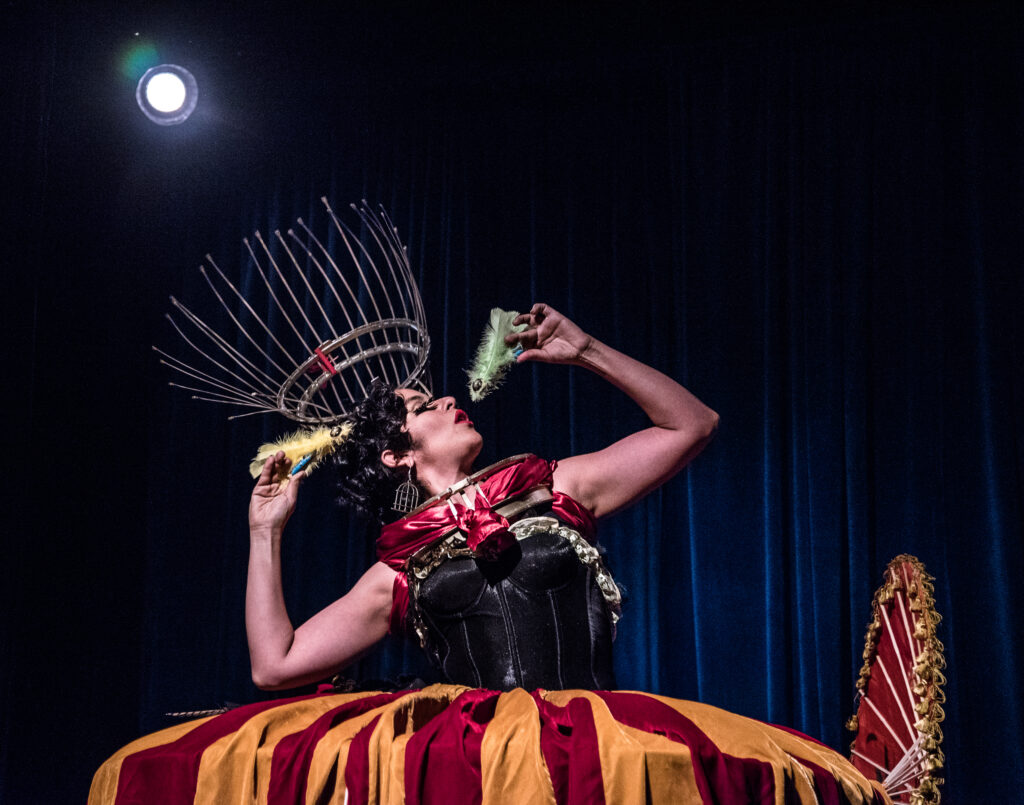
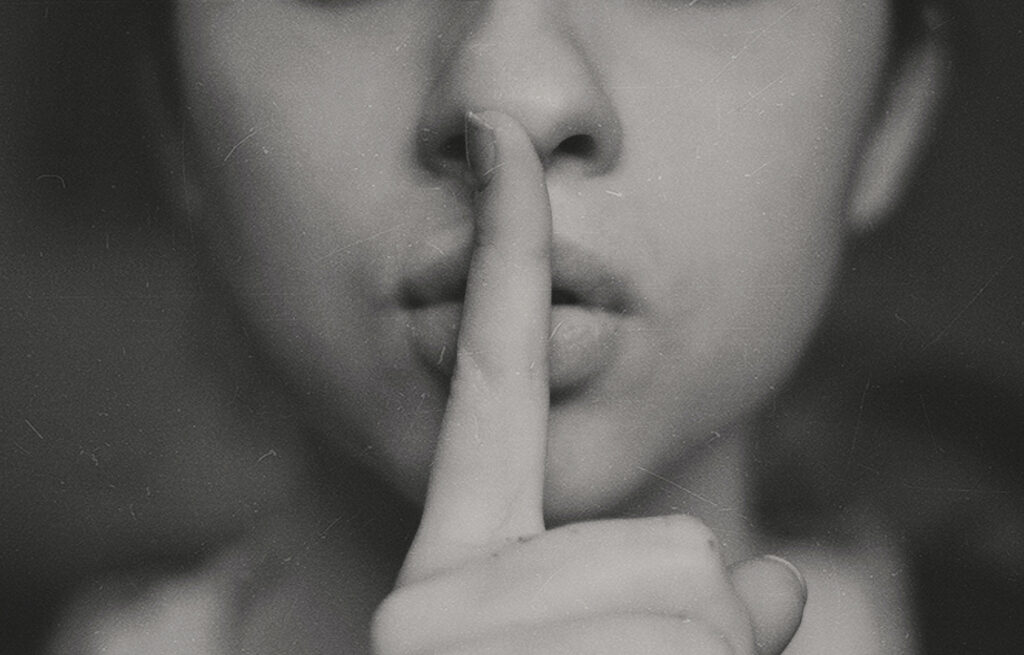

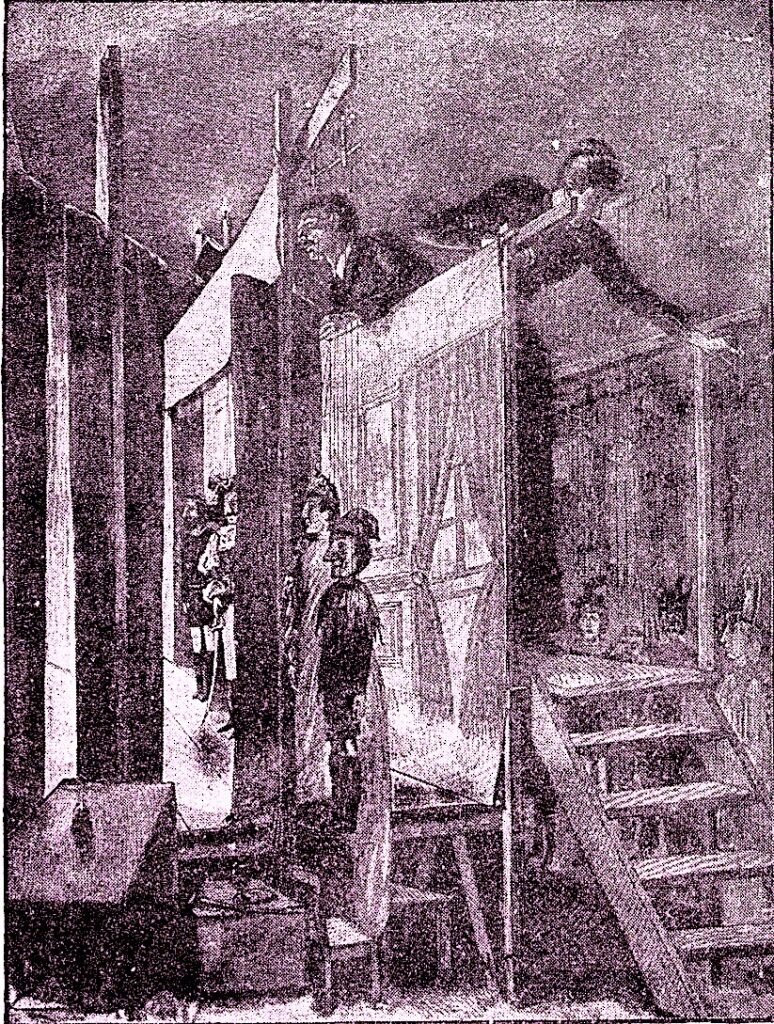
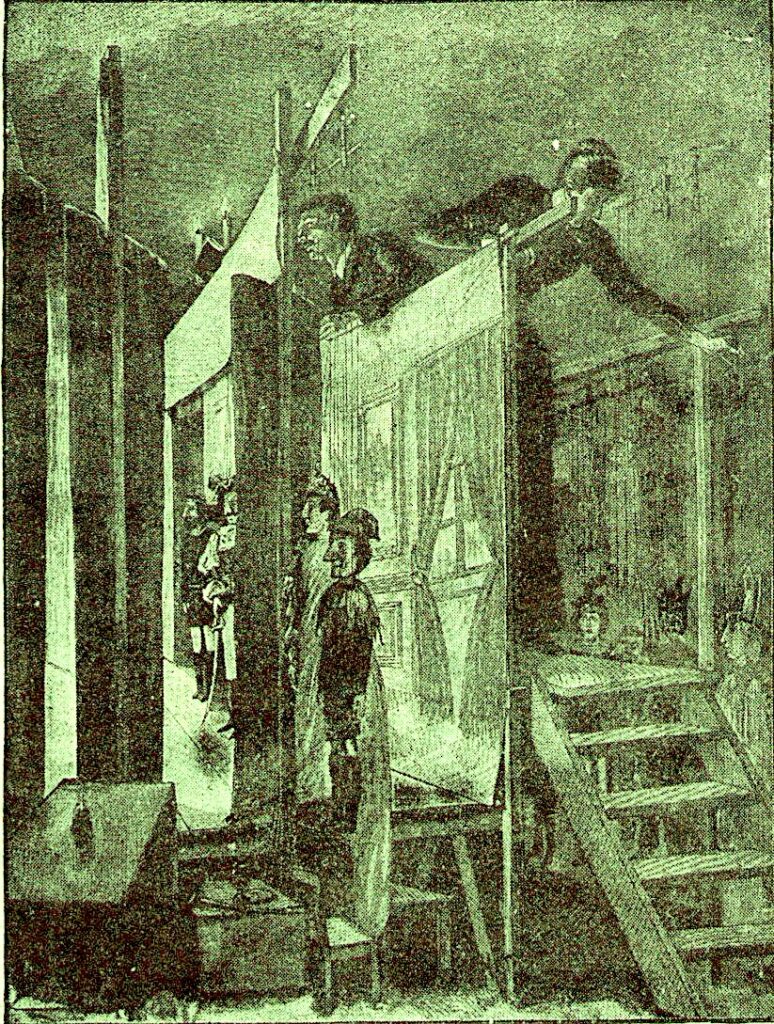

Una honrosa e increíble investigación.Gracias Elvia como siempre trabajos serios en relación a nuestro hermoso oficio.
Gracias Leticia por tu comentario. Eres parte del censo en imagen, pero me gustaría que enviaras tu formulario para agregarlo a la página. Este es el enlace
https://forms.gle/iJYGS5ko4BQYMGNJ6
Solo tienes que dar click para abrirlo.
Lo espero con ansias. La historia de las mujeres en este arte la escribimos entre todas. El formulario es una parte vital de este censo, ayúdame a compartir el enlace para llegar a más mujeres.
Saludos cordiales
Elvia Mante